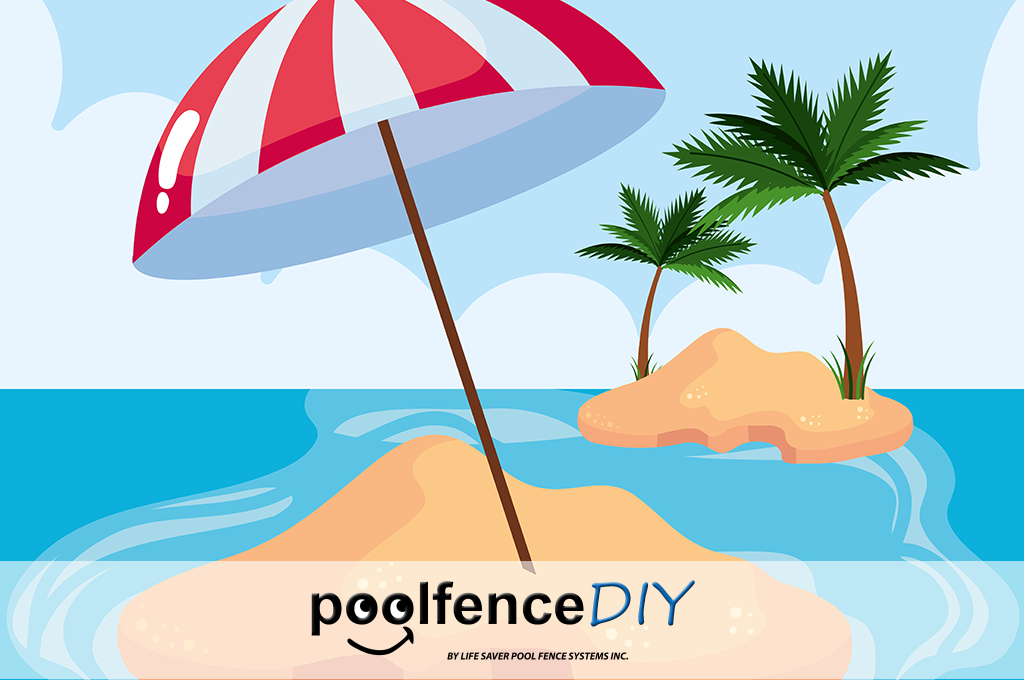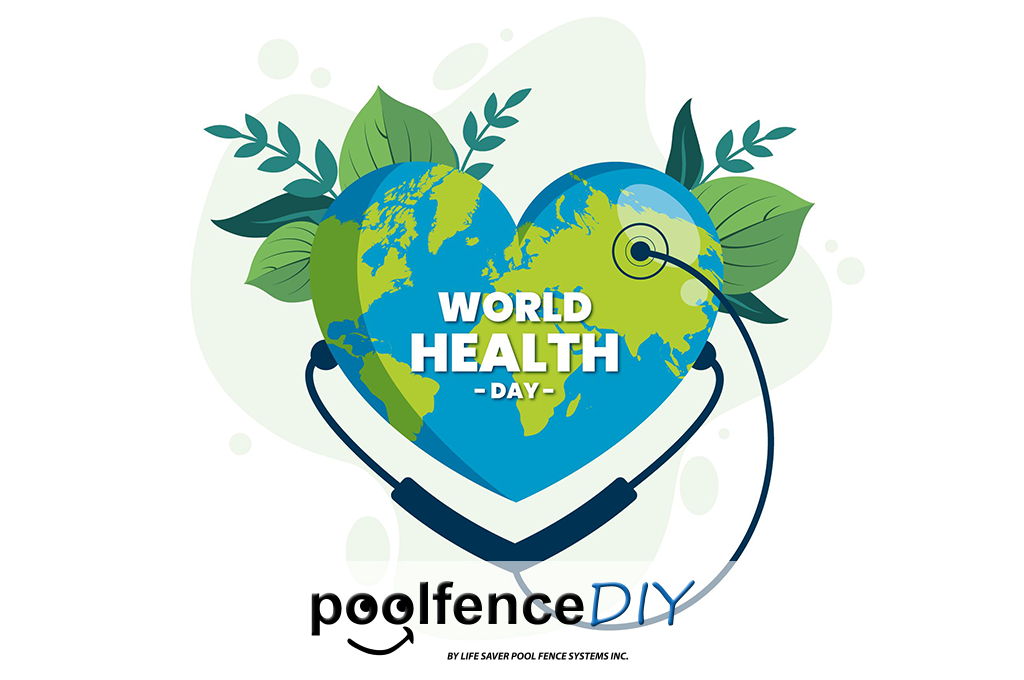Winter Water Safety: Safely Shoveling Snow

Since water comes in many forms, so does water safety. This includes snow! Since we’re now in February, there have already been some pretty nasty storms across the country. Let’s talk about some methods of safely shoveling snow.
 Safely shoveling snow means that you’ll need to be both comfortable and warm. Wear two pairs of socks and don’t forget your hat, gloves and scarf. You’ll want as much protection from the elements as possible. For kids, be sure to invest in snow pants.
Also, be sure to wear waterproof boots and gloves. Cloth that isn’t waterproof can get awfully wet when exposed to the elements. You don’t want that cold water sitting on your skin for an extended period of time. Instead, be sure to protect your hands and feet with properly sealed waterproof gear.
Safely shoveling snow means that you’ll need to be both comfortable and warm. Wear two pairs of socks and don’t forget your hat, gloves and scarf. You’ll want as much protection from the elements as possible. For kids, be sure to invest in snow pants.
Also, be sure to wear waterproof boots and gloves. Cloth that isn’t waterproof can get awfully wet when exposed to the elements. You don’t want that cold water sitting on your skin for an extended period of time. Instead, be sure to protect your hands and feet with properly sealed waterproof gear.
Dress in Layers to Keep Warm and Dry
In the past, we’ve talked about the importance of including multiple layers of safety for your pool area. You don’t want to trust your safety to a single solution. When standing out in the cold, the same idea applies to your clothing. Dressing in layers can help to prevent frostbite and other ill effects of cold weather. Safely shoveling snow means that you’ll need to be both comfortable and warm. Wear two pairs of socks and don’t forget your hat, gloves and scarf. You’ll want as much protection from the elements as possible. For kids, be sure to invest in snow pants.
Also, be sure to wear waterproof boots and gloves. Cloth that isn’t waterproof can get awfully wet when exposed to the elements. You don’t want that cold water sitting on your skin for an extended period of time. Instead, be sure to protect your hands and feet with properly sealed waterproof gear.
Safely shoveling snow means that you’ll need to be both comfortable and warm. Wear two pairs of socks and don’t forget your hat, gloves and scarf. You’ll want as much protection from the elements as possible. For kids, be sure to invest in snow pants.
Also, be sure to wear waterproof boots and gloves. Cloth that isn’t waterproof can get awfully wet when exposed to the elements. You don’t want that cold water sitting on your skin for an extended period of time. Instead, be sure to protect your hands and feet with properly sealed waterproof gear.




